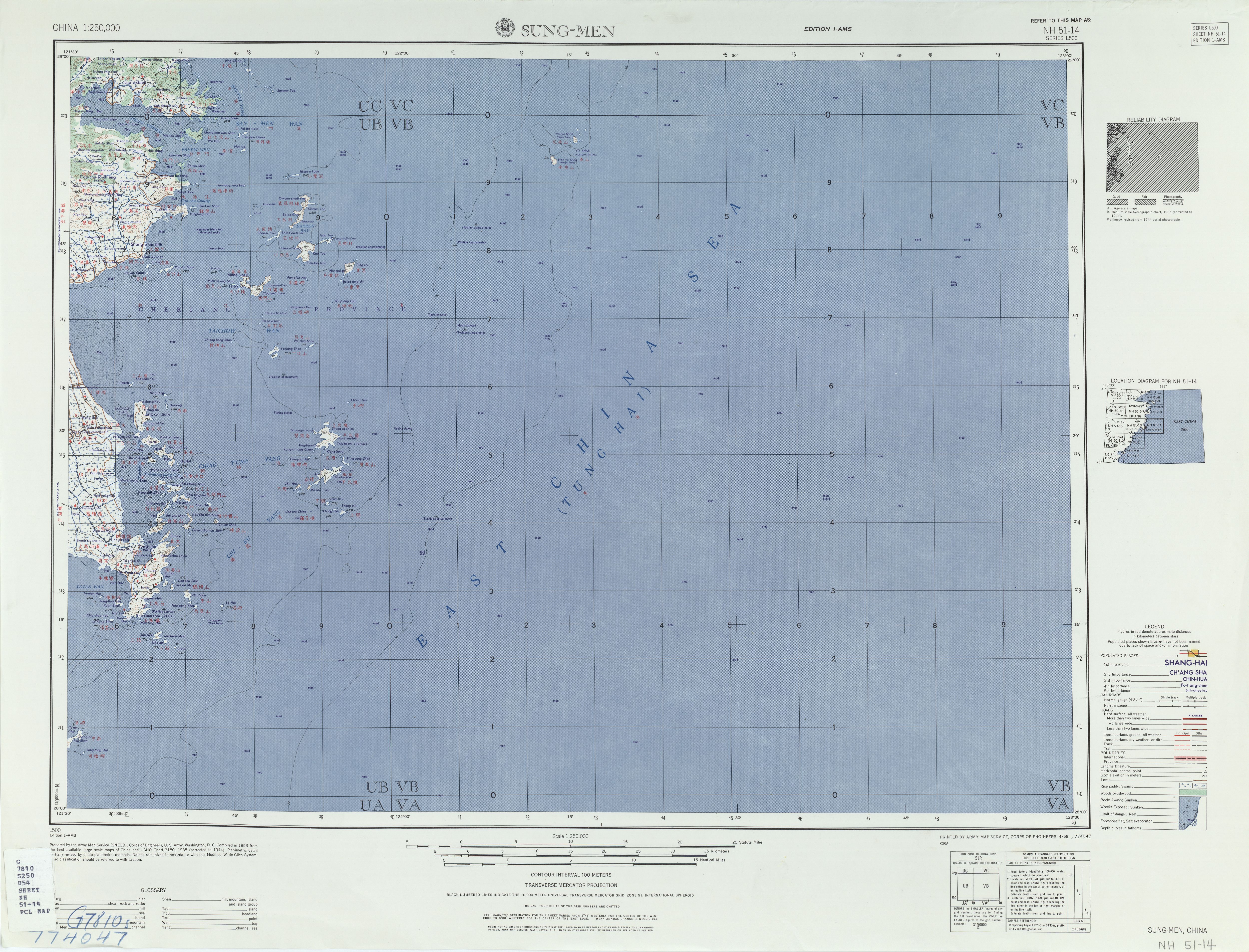|
Fang Ganmin
Fang Ganmin ( zh, s=方干民, t=方幹民; 15 February 1906 - January 1984) was a Chinese French-trained painter, sculptor and educator, who was educated in Paris and spent most of his adult life in China. Regarded as one of the pioneers of Chinese oil painting, Fang was born in the Wenling county, Zhejiang province. He began studying painting in 1924 and went to Paris in 1925, enrolling in the École nationale supérieure des Beaux-Arts, making him one of the first-generation Chinese painters to study abroad in France. Upon returning to China, he taught at the National Arts Academy, Hangzhou, becoming a professor at the Western Painting Department. During the Cultural Revolution, Fang was shamed and tortured by the Red Guards, and his works were destroyed. He died in 1984. His students include Zao Wou-Ki, Chu Teh-Chun and Wu Guanzhong. Timeline In 1906, Fang Ganmin was born in Wenling, Zhejiang on February 15. His father, Fang Yue (also known as Xun Cheng), was an offi ... [...More Info...] [...Related Items...] OR: [Wikipedia] [Google] [Baidu] |
Wenling
Wenling ( Wenling dialect: Ueng-ling Zy ; ) is a coastal county-level city in the municipal region of Taizhou, in southeastern Zhejiang province, China. It borders Luqiao and Huangyan to the north, Yuhuan to the south, Yueqing to the west, looks out to the East China Sea to the east. Wenling locates on 28°22'N, 121°21'E, approximately south of Shanghai. Jiangxia Tidal Power Station is located there as well as a number of e-waste recycling centers which have contributed to soil contamination in the region. Because of its geographical location, Wenling has long suffered from typhoons. On 12 August 2004, Typhoon Rananim, the sixth strongest typhoon in PRC history, landed in Shitang Town, Wenling. On 10 August 2019, Typhoon Lekima, the third strongest in PRC history, came ashore at Chengnan Town, Wenling. History During the Xia, Shang, and Zhou dynasties, Wenling was not part of the Chinese state but rather part of the separate culture of Dong'ou. Following the third ... [...More Info...] [...Related Items...] OR: [Wikipedia] [Google] [Baidu] |
Yan Wenliang
Yan Wenliang ( zh, t=顏文樑; 20 July 1893 – 1 May 1988) was a Chinese painter and educator, who is regarded as one of the fathers of Chinese oil painting and an important art educator of his time. Born in Suzhou, Jiangsu province, Yan began studying painting in 1909, founded the Suzhou Art Academy along with Zhu Shijie in 1922 and went to Paris in 1929, enrolling in the L'Ecole Superieure Nationale des Beaux Arts, making him, along with Xu Beihong and Sanyu, one of the earliest Chinese artists to study abroad in France. He was one of the four pioneers of Chinese modern art who earned the title of " The Four Great Academy Presidents". Early life Yan Wenliang founded the Suzhou Art Academy with his friend Zhu Shijie in 1922. Yan studied painting in Paris between 1929 and 1931, alongside other Chinese painters such as Fang Ganmin, his travels coinciding with those of Liu Haisu, and painted in the Impressionist style. While in Europe, Yan assembled a collection of plaster ... [...More Info...] [...Related Items...] OR: [Wikipedia] [Google] [Baidu] |
